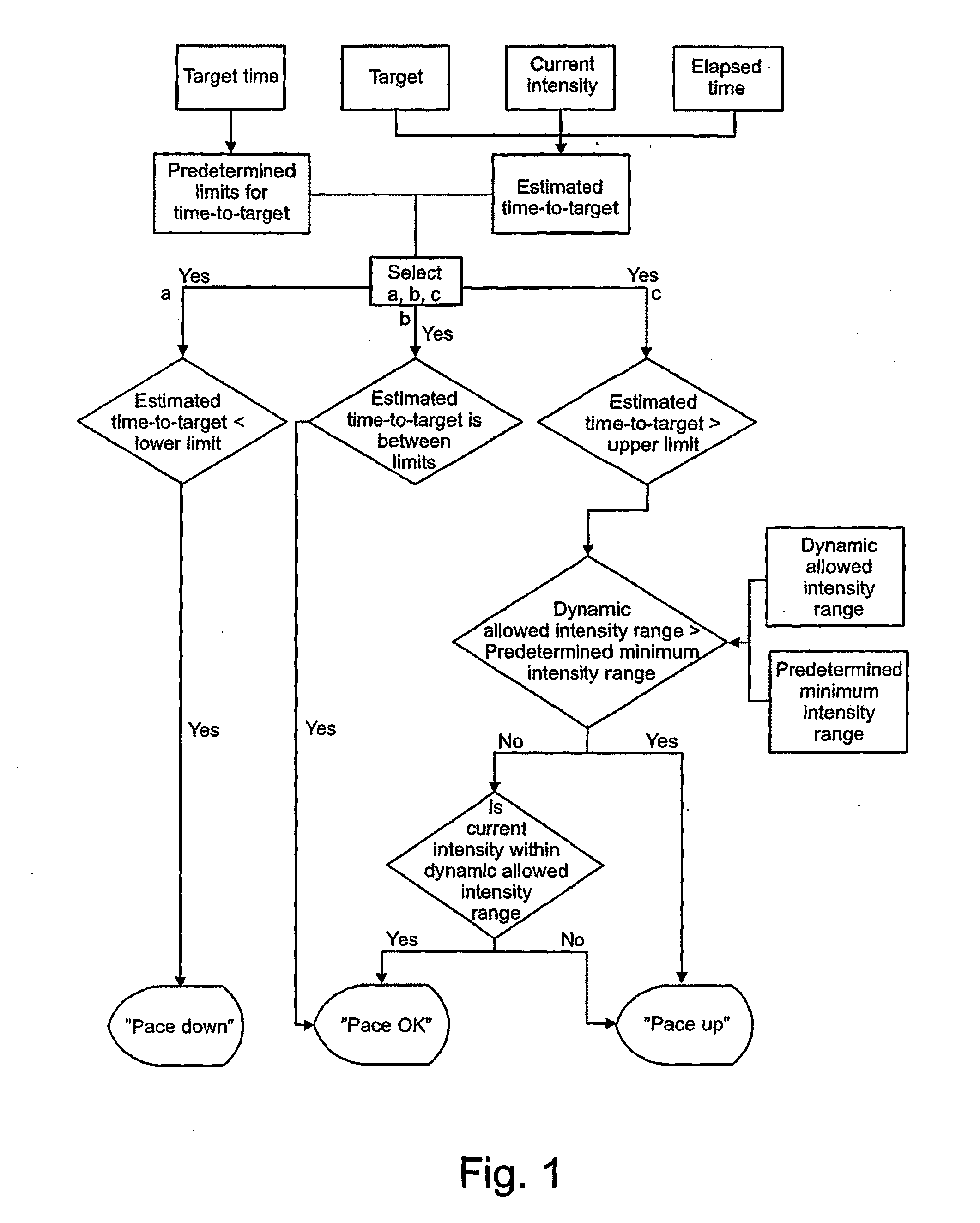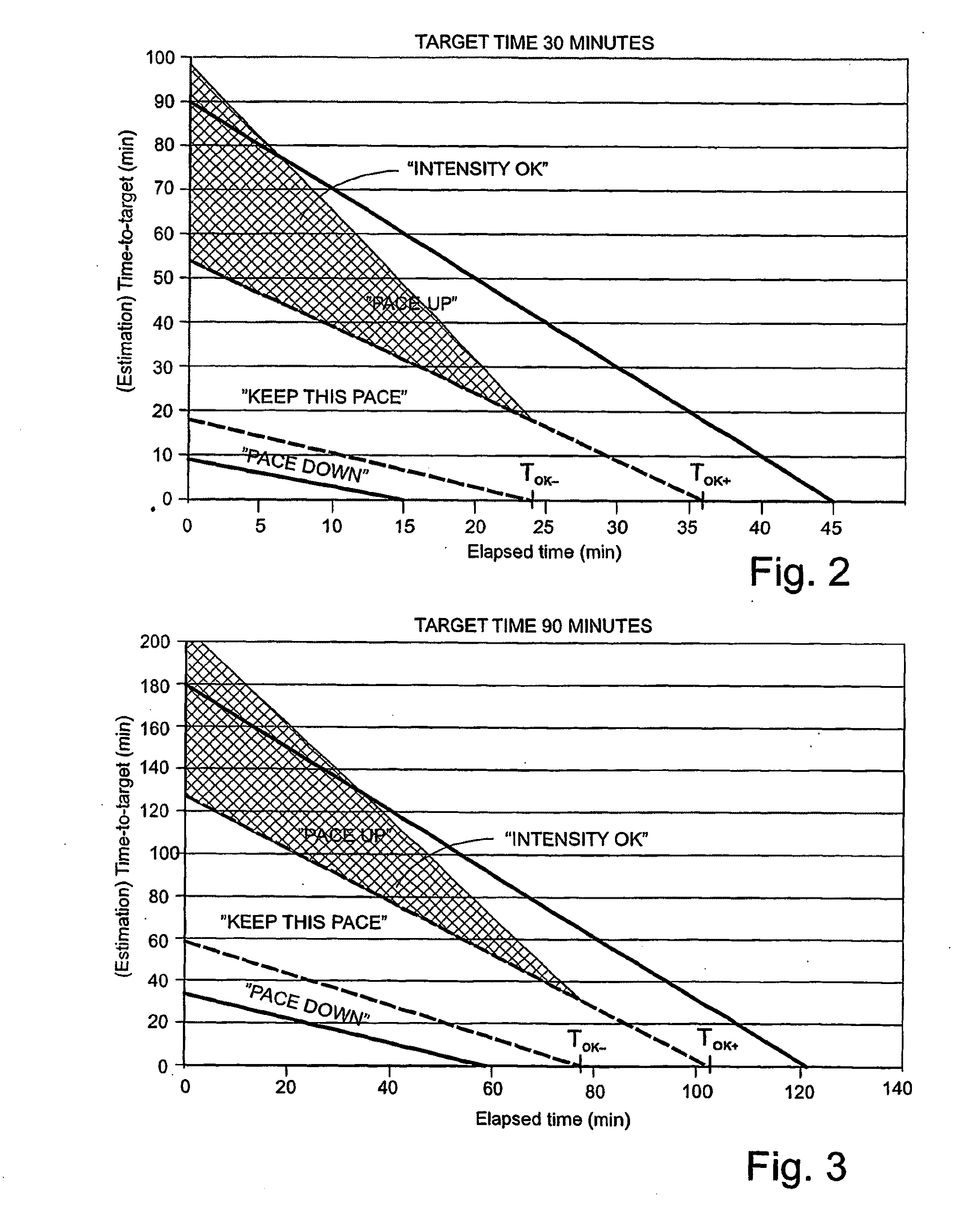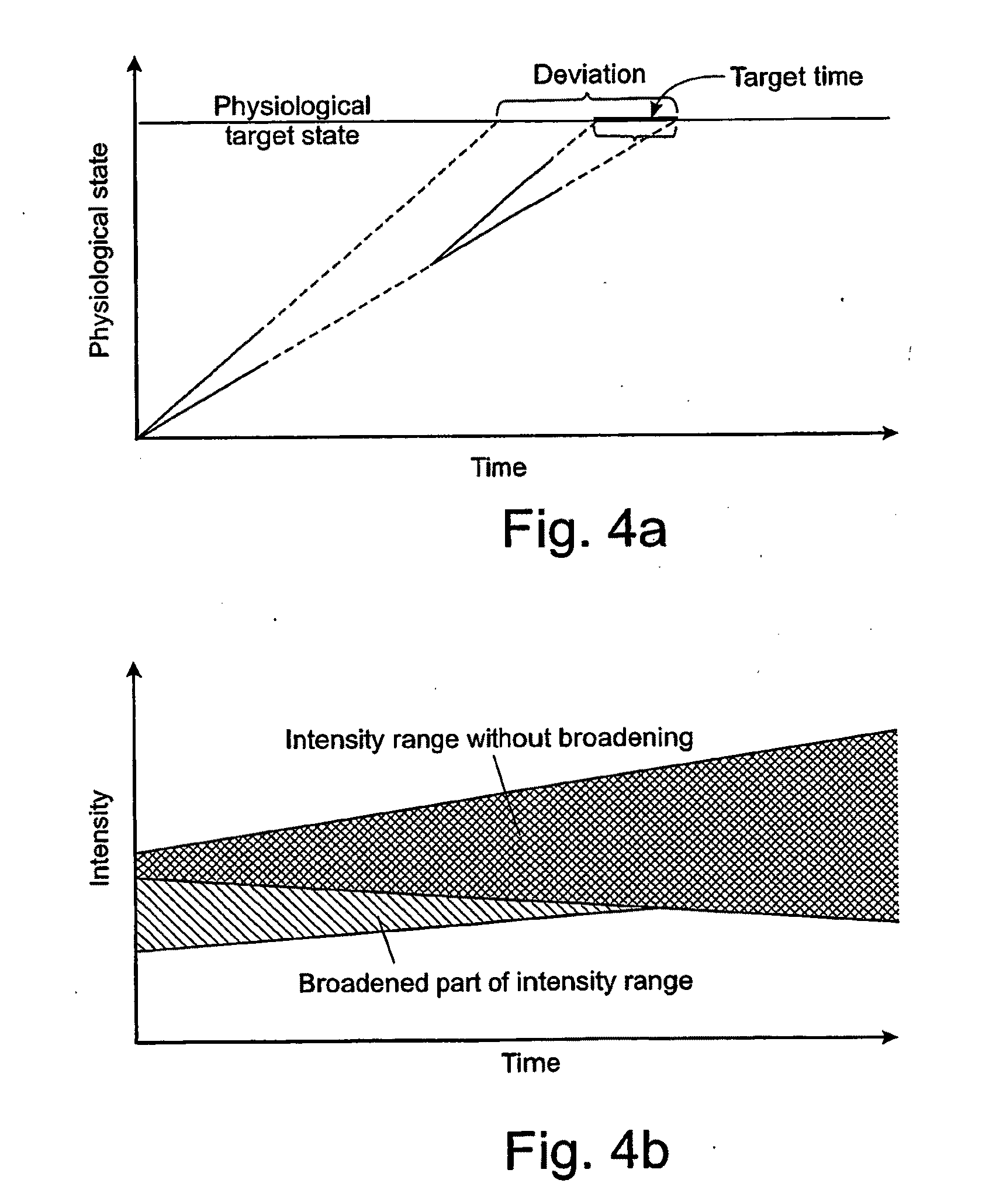Copper foil with primer resin layer and laminated sheet using the same
a technology of primer resin and copper foil, which is applied in the direction of synthetic resin layered products, metal layered products, domestic applications, etc., can solve the problems of copper foil and polyimide resin substrate adhesive strength, inability to enhance similarly, and difficulty in curing shrinkage, etc., to achieve small shrinkage stress, no curing shrinkage, and high adhesive strength
- Summary
- Abstract
- Description
- Claims
- Application Information
AI Technical Summary
Benefits of technology
Problems solved by technology
Method used
Image
Examples
synthesis example 1
[0030]In a 300 ml reactor equipped with a thermometer, a reflux cooler, a Dean-Stark trap, a powder inlet, a nitrogen inlet device and a stirring device, 24.84 g (0.085 mol) of 1,3-bis-(3-aminophenoxy)benzene (APB-N: manufactured by Mitsui Chemical, Inc.; molecular weight: 292.34; hereinafter referred to as APB-N for simplicity) as a diamine ingredient was charged and then 38.42 g of methylbenzoate as a solvent was added thereto while flowing dry nitrogen, followed by stirring at 60° C. for 30 minutes. Then, thereto were added 26.88 g (0.087 mol) of 4,4′-oxydiphthalic acid anhydride (ODPA: manufactured by MANAC Incorporated; molecular weight: 310.22; hereinafter referred to as ODPA for simplicity) as a dicarboxylic acid dianhydride ingredient, 57.63 g of gamma-butyrolactone as a solvent, 0.868 g of gamma-valerolactone and 1.371 g of pyridine as catalysts, and 22.2 g of toluene as a dehydrating agent. The inside of the reactor was heated to 180° C. and ring closure reaction by heatin...
synthesis example 2
[0031]In a 500 ml reactor equipped with a thermometer, a reflux cooler, a Dean-Stark trap, a powder inlet, a nitrogen inlet device and a stirring device, 14.67 g (0.050 mol) of 1,3-bis-(3-aminophenoxy)benzene (APB-N) and 26.13 g (0.093 mol) of 3,3′-diamino-4,4′-dihydroxydiphenylsulfone (ABPS: manufactured by Nippon Kayaku Co., Ltd.; molecular weight: 280.3) as diamine ingredients were added and 64.02 g of methylbenzoate as a solvent was added thereto while flowing dry nitrogen, followed by stirring at 60° C. for 30 minutes. Then, thereto were added 45.38 g (0.146 mol) of 4,4′-oxydiphthalic acid anhydride (ODPA) as a dicarboxylic acid dianhydride ingredient, 96.03 g of gamma-butyrolactone as a solvent, 1.465 g of gamma-valerolactone and 2.314 g of pyridine as catalysts, and 32.5 g of toluene as a dehydrating agent. The inside of the reactor was heated to 180° C. and ring closure reaction by heating was carried out for 6 hours while distilling off generated water through a fractionati...
synthesis example 3
[0032]In a 500 ml reactor equipped with a thermometer, a reflux cooler, a Dean-Stark trap, a powder inlet, a nitrogen inlet device and a stirring device, 49.072 g (0.158 mol) of Kayabond® C-300S (4,4′-diamino-3,3′,5,5′-tetra ethyldiphenylmethane, manufactured by Nippon Kayaku Co., Ltd.; molecular weight: 310.48) as a diamine ingredient was charged and 390.0 g of N-methyl-2-pyrrolidone as a solvent was added while flowing dry nitrogen, followed by stirring at 60° C. for 30 minutes. Then, thereto were added 50.928 g (0.158 mol) of BTDA (3,4,3′,4′-benzophenontetracarboxylic acid dianhydride, manufactured by Degussa; molecular weight: 322.23) as a dicarboxylic acid dianhydride ingredient and 30.0 g of toluene as a dehydrating agent. The inside of the reactor was heated to 180° C. and ring closure reaction by heating was carried out for 6 hours while distilling off generated water through a fractionating column. After completion of the imidization reaction, the reaction liquid was cooled...
PUM
| Property | Measurement | Unit |
|---|---|---|
| roughness | aaaaa | aaaaa |
| surface roughness | aaaaa | aaaaa |
| temperature | aaaaa | aaaaa |
Abstract
Description
Claims
Application Information
 Login to View More
Login to View More - R&D
- Intellectual Property
- Life Sciences
- Materials
- Tech Scout
- Unparalleled Data Quality
- Higher Quality Content
- 60% Fewer Hallucinations
Browse by: Latest US Patents, China's latest patents, Technical Efficacy Thesaurus, Application Domain, Technology Topic, Popular Technical Reports.
© 2025 PatSnap. All rights reserved.Legal|Privacy policy|Modern Slavery Act Transparency Statement|Sitemap|About US| Contact US: help@patsnap.com



